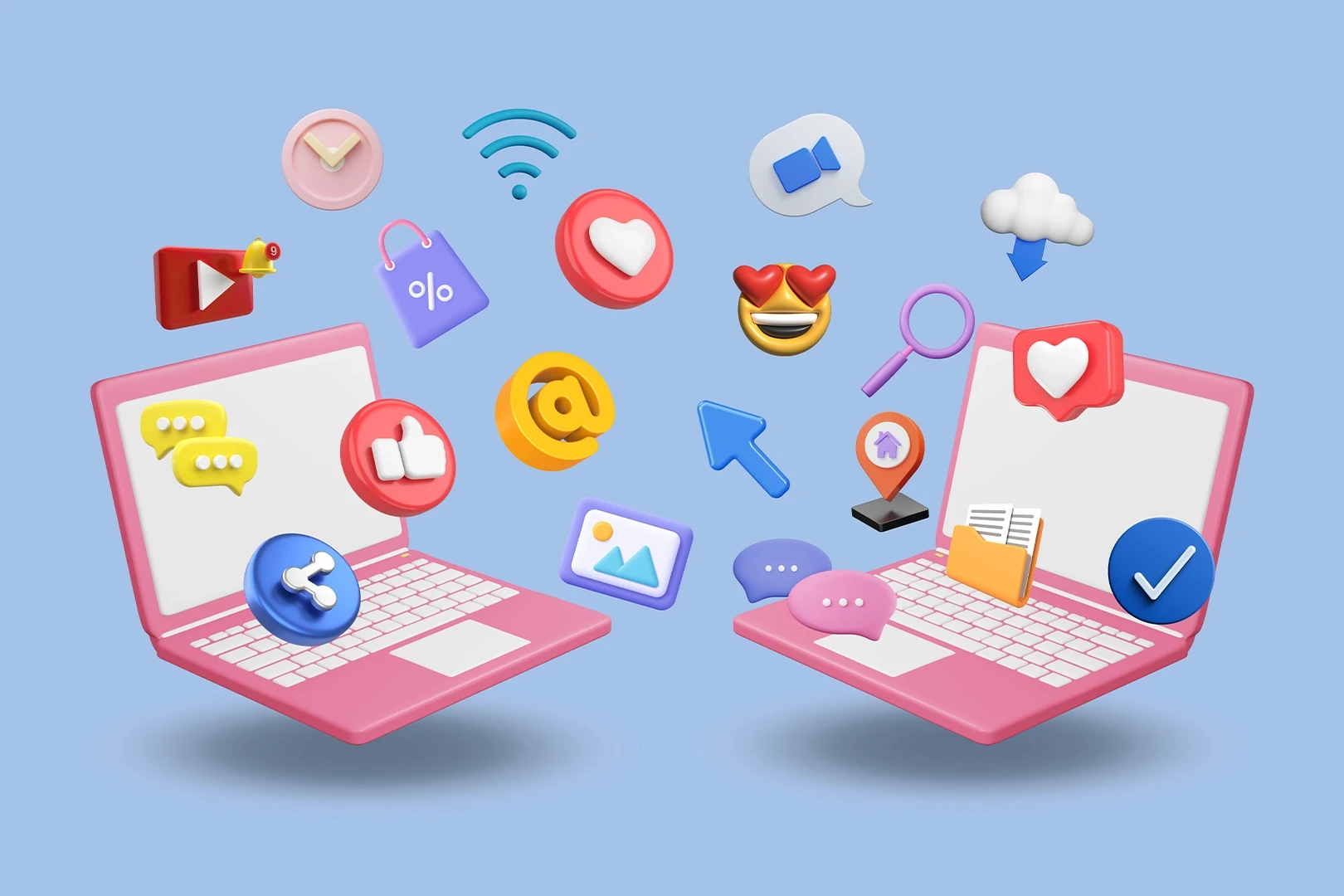How Augmented Reality Experiences are changing the game
Brands are consistently looking for ways to improve their customer experience and increase the amount of touch points across the customer journey. New and emerging technologies such as AR (Augmented Reality) are offering a way to interact with customers to provide a more immersive and personalised experience. Although relatively new, AR is showing promising advancements with top organisations already experimenting with the new technology in a variety of ways. Currently the eCommerce and gaming industries are leading the way with Augmented Reality, here’s some of the latest examples.
Ikea Place App
The IKEA Place APP which is available on both APP Store and Android Play Store allows you to virtually place items from the IKEA catalogue into spaces throughout your home through the use of your phone camera. Whether it be a sofa, wardrobe or even a lamp, the IKEA place app produces a 3D model of each item to allow you to visualise how the product would look in your home, allowing you to choose the right size and design which fits your space best.
Amazon View App
The Amazon View APP places itself in direct competition with the IKEA Place APP, which allows the same functionality to view products within your own home before you make a purchase. Although very similar to the IKEA Place APP, with Amazon’s extensive catalogue, the Amazon view App not only lets you view furniture items, but also lets you view many other categories from the Amazon catalogue. This means customers are able to gain a better understanding of the size and scale of each product to ensure they purchase the right product the first go around.
Pokémon GO
Released in 2016, the Pokémon GO augmented reality mobile game uses geolocation tracking and mapping technologies to create a virtual world which contains all of your favourite Pokémon characters. Players can catch and train Pokémon in real locations which they can visualise through the use of the camera which creates a more immersive gaming experience.
Ray Ban Smart Glasses
Ray Bans Stories are the latest smart glasses to enter the market, co-created by META and Ray Ban. The smart glasses feature two cameras, open ear speakers and a microphone all built into the frame of the glasses. Initially being released in August 2020 the latest smart glasses have seen collaborations with the likes of snapchat, Instagram and Facebook (all owned by META) to create their own unique AR experiences with AR filters and avatars.
How has AR impacted the industry so far?
Through the technology currently available the experiences offered by the likes of Ikea, Amazon and Pokémon GO provide a glimpse into the potential future AR technologies have to offer.
eCommerce
eCommerce is all about offering customers the most easy and convenient experience possible for them to ultimately purchase their product. With mobile usage drastically increasing over recent years (Statista.com). AR technology is perfectly suited for both mobile devices and even new devices such as smart glasses that have recently entered the market. Customers are now able to use applications with AR technology to enhance their eCommerce experience for example, the Ikea app allows you to physically place items of furniture across the Ikea catalogue into your own home through the use of your mobile camera to visualize the product in your own home without having to ever visit the store. This offers customers a highly convenient root to purchase which reduces the time between search and checkout through offering a highly visualized experience.
Similarly, new introductions to the market such as the Ray Ban smart glasses offer a stylish and hands free AR experience which has already proven to be successful in working with some of the top brands across the globe. Having already shown success with social media, smart glasses coupled with social commerce capabilities through the likes of Instagram shops could show a promising future in the eCommerce space.
What is the future of AR?
The true value of AR will ultimately be realised through a combination of digital and real world experience. This has been proven across the examples provided above, that showcase how the technology can be utilised to drive conversions and real world interactions. As the technology evolves, we may even see VR (Virtual Reality) being combined with AR (Augmented Reality) to provide an even more immersive experience than currently possible.
More interesting content...
Like this story? Share it on your social media...
For more of the latest content, why not subscribe to our mailing list...






